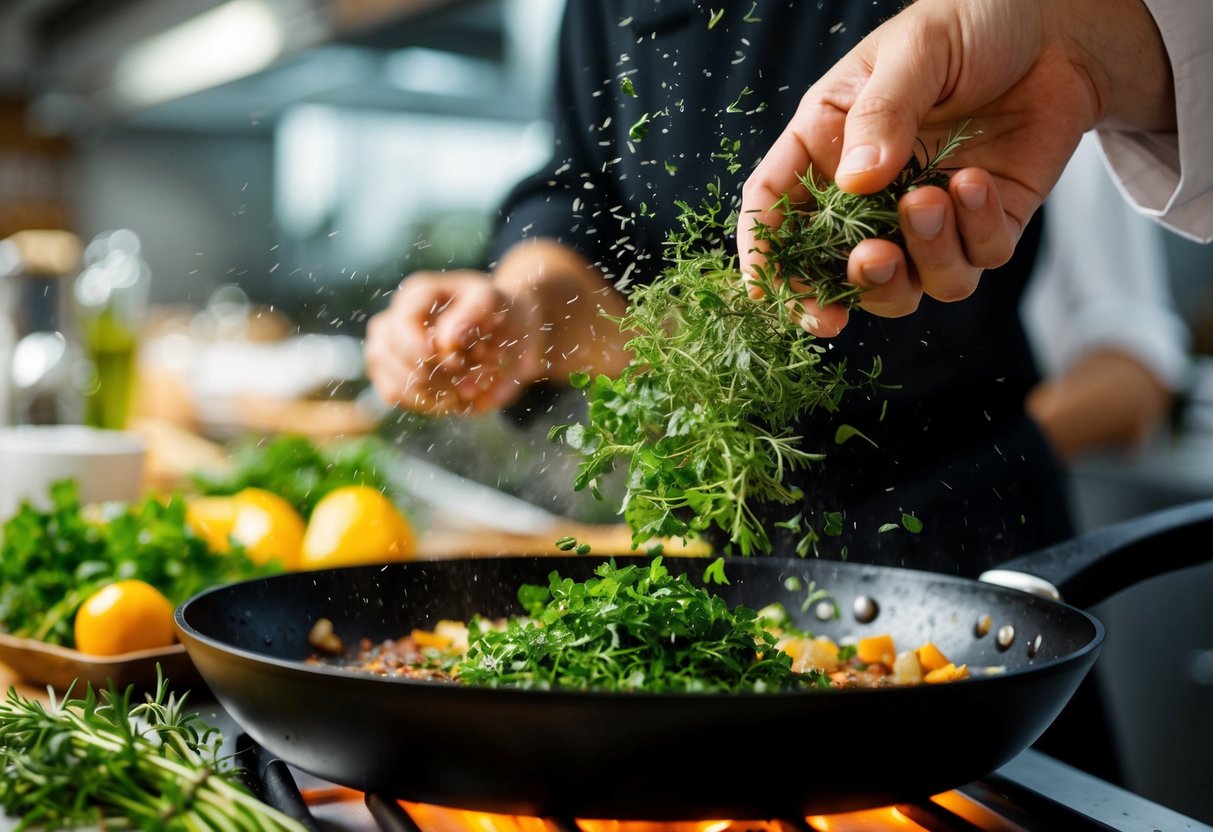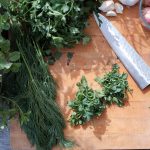Mastering the Art of Cooking with Herbs: Transform Your Dishes Instantly
Herb Pairings and Combinations
Pairing herbs thoughtfully can elevate a dish considerably. Basil and oregano make a classic combination, enhancing the richness of pasta sauces. Thyme and parsley blend smoothly to enhance roasted chicken or root vegetables, offering a balanced taste. Rosemary and garlic together create a aromatic blend perfect for flavoring lamb or potatoes.
Incorporating herbs such as dill and chives in seafood dishes imparts a light, fresh taste without overpowering the natural flavors of the fish. Using cilantro with lime amplifies the flavors in tacos and salsas. Understanding these combinations allows cooks to experiment and discover new culinary delights that please the palate.
Incorporating Herbs Into Cooking
Herbs can transform dishes by enhancing flavors and adding a fresh dimension to recipes. From everyday meals to advanced culinary techniques, understanding the role of different herbs can elevate cooking, offering unique taste experiences.
Using Herbs in Everyday Cooking
Herbs in daily meals bring subtle flavors that can enhance even the simplest dishes. For instance, adding basil to a tomato salad creates a refreshing and aromatic taste. Fresh rosemary or thyme in roasted vegetables can offer an earthy note.
Incorporating herbs doesn’t require elaborate techniques. A sprinkle of chopped parsley over pasta or using dill in potato salads are easy ways to enhance flavors. Keeping fresh herbs on hand allows for quick and easy experimentation, enabling new flavor combinations with minimal effort. They can be added at different stages of cooking, such as simmering sauces or just before serving, to retain their herbal aromas and tastes.
Advanced Cooking Techniques With Herbs
For those looking to deepen their culinary expertise, herbs can play an essential role in more sophisticated cooking techniques. Infusions and marinades incorporate herbs not just for taste but to tenderize and flavor meats, enhancing the overall dish.
Creating herb oils and sauces is another method that can capture and concentrate flavors. For example, cilantro-lime dressing can provide a bright, citrusy flavor that complements grilled chicken. Advanced techniques such as herb-crusting meats or using herbs to create complex flavor layers in soups will provide unique depth to dishes without extensive preparation.
By mastering combinations and the appropriate times to introduce herbs into cooking, a home cook can explore and refine techniques that might seem complex at first yet are achievable with proper guidance.
Herb-Centric Cooking Techniques

Utilizing herbs in cooking enriches flavors and enhances dishes with unique aromas. Methods such as simmering, roasting, and searing allow herbs to impart their distinct characteristics effectively.
Simmering With Herbs
Incorporating herbs during simmering involves slow, gentle cooking. This technique extracts subtle flavors, making it key for soups, stews, and stocks. When simmering, it is crucial to add herbs early in the process, as this allows them time to release their oils and infuse the dish thoroughly.
Using a bouquet garni—aromatic herbs tied together—can enhance the complexity and depth without overpowering the main ingredients. Common choices include thyme, rosemary, and bay leaves. These herbs blend well in a simmering broth, complementing vegetables and proteins harmoniously. Their contribution builds layers of flavor, turning basic ingredients into something memorable.



